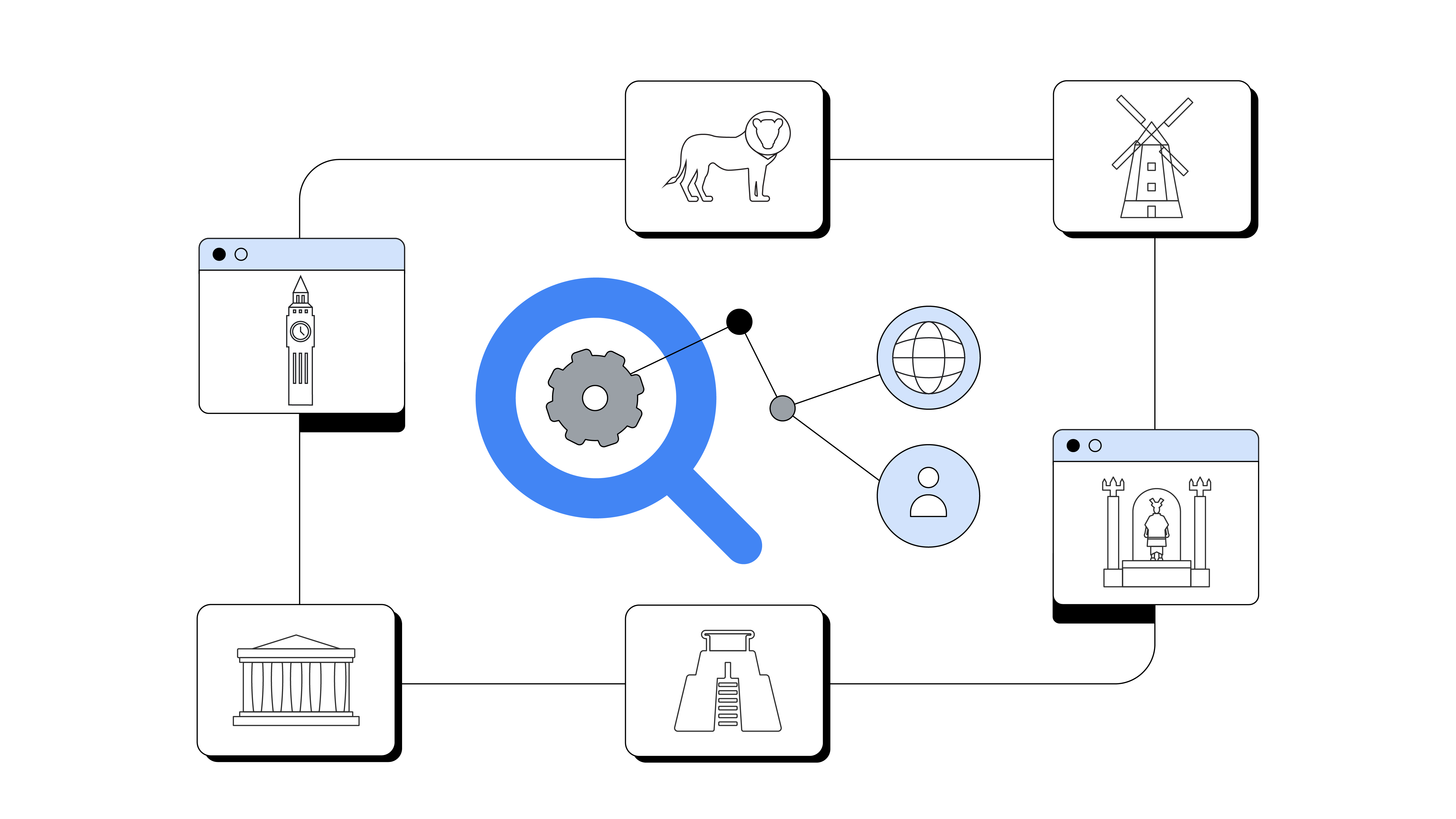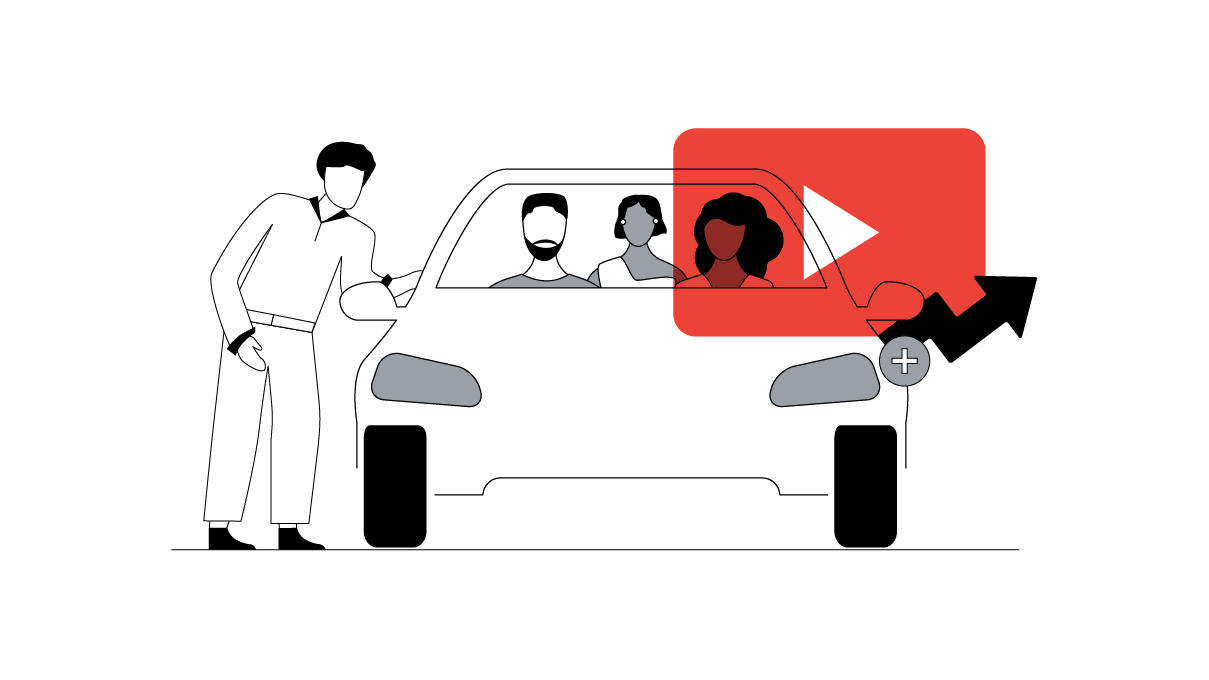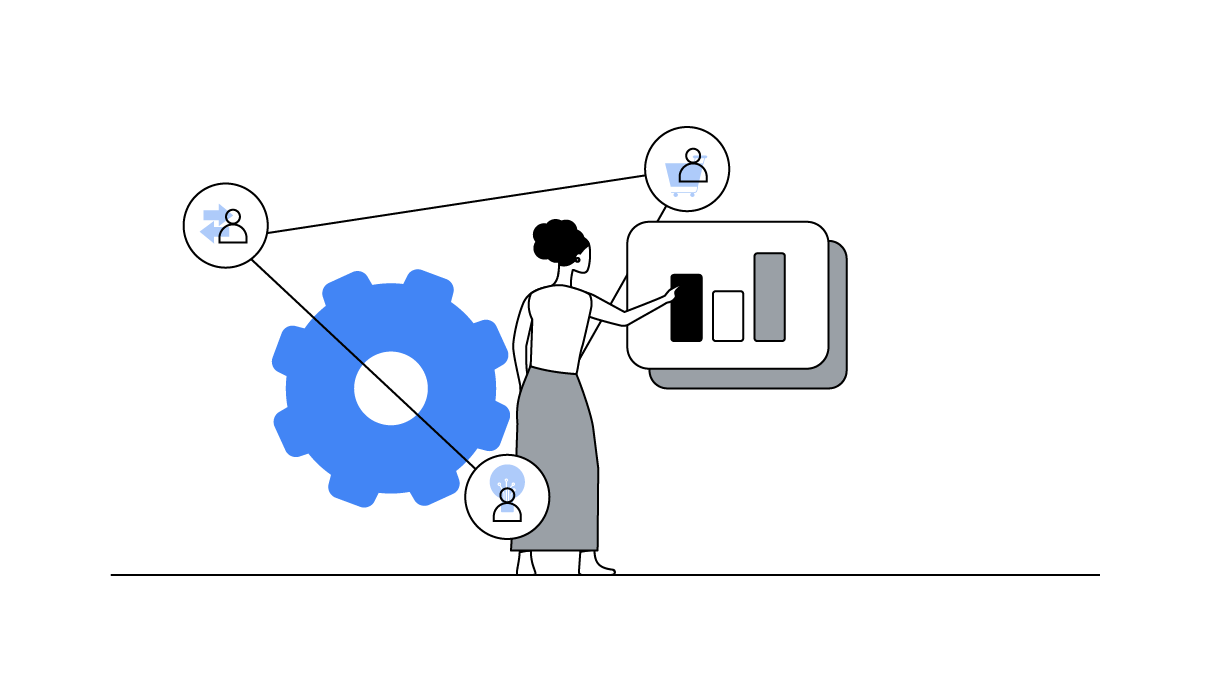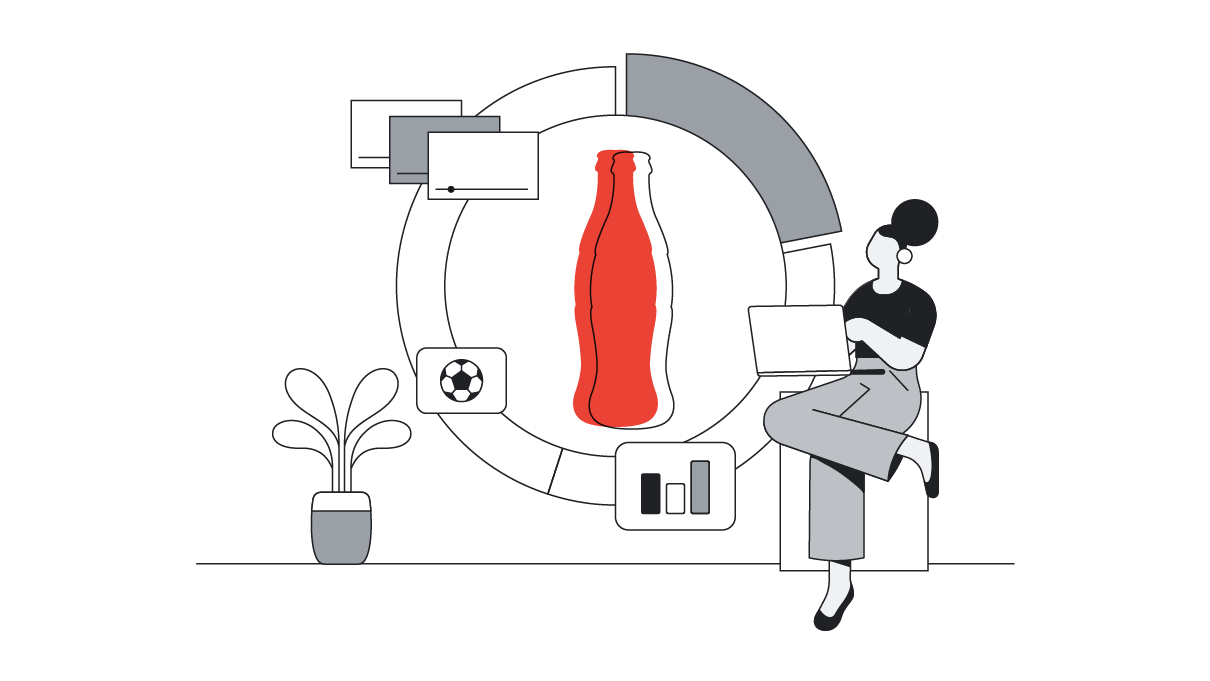Mailine Swildens is the director of Google EMEA’s Creative Works. The team led an in-depth, longitudinal study on the future of creative called the Open Creative Project, featuring a wide range of diverse perspectives and including tech analysts, consulting firms, and industry marketing and communication leaders around the world. Here, she previews key findings and trends that will transform the creative industry.
The global brand and marketing industry is in the throes of rapid transformation, one where creative is poised to be the last unfair advantage. That is why Google decided to partner with some of the biggest names in the industry — including Contagious, Benedict Evans, Bain & Company, and dozens of other creative and marketing trailblazers — on what we’re calling the Open Creative Project.
Our goal is to spark an immersive, ongoing dialogue focused on the creative business opportunity over the next three to five years. Already, our conversations with a diverse set of senior industry leaders across the world, representing different disciplines and points of view, have surfaced provocative ideas about the future of marketing, the state of the creative industry, and its trajectory of transformation moving forward.
Here are some of the thought-provoking ideas we’ve heard from our partners, including the role of automation and tech-enabled creative, creative effectiveness in the marketing mix, increasing collaboration between brands and creators, and the evolving value exchange that people expect from brands.

Creativity as antidote to end-to-end-business challenges
We forget we’re the only species who communicate through story and that we’ve been storytelling for millennia now, ever since cavemen were etching stories on rocks.
Creativity is wired into us. It’s what we seek, how we connect, and how we make progress. I can’t imagine that it will be anything but dominant in our go-forward future.
There is not one discussion I have these days where the word “transformation” doesn’t come up. Typically it’s in the context of data and digital transformation. Similarly, there isn’t one conversation where building experiences and loyalty out of first-party data doesn’t come up. The same is true for sustainability, conscious consumerism, circular economies, and the notion of total commerce — that we’re always shopping all the time.
If you pick apart these topics, creativity will be the solution across all of them. I do think that’s assumed sometimes and not always stated. But if we are going to make sure that we get to the best ideas and the right outcomes, we have to be explicit, intentional, and constant about pulling creativity through as the solution to end-to-end business challenges.
I would also say to any client that I have the great opportunity to engage with: creativity in looking through your business isn’t just how new business models are created or how pernicious challenges are stared down. It’s also how we move forward as humans and as a society.

Creativity and craft become X-factors
The starting point for creative work has always been: “What’s the idea behind this particular story you’re telling or the campaign or game you’re creating? What’s the idea that’s going to really embed in people’s minds and connect with their hearts?” So the question of whether or not you can reach people in a way that they feel good about or that resonates with them isn’t new.
What’s new is where the bar is for what can be considered superior brand communications.
Here’s where that bar is now: create irresistibly superior experiences across the product, the package, the communication, the retail execution, and the value. The next era — where creative content and commerce are combined — is going to be a huge transformation in business, and it’s going to come very rapidly.
I think there will be a surge of creativity that combines advertisers and creators. They will find different ways to work together to create content that organically and authentically connects brands with the people they serve. Not in a product placement-type of clunky way, but in some other way. This means that the creativity and craft that have always been major factors in our business will become even more important in the next several years.
It also means we must be able to use data to enhance our creativity. To date, using data has been much more about reaching as many people as you possibly can. That’s necessary and we also must move to using data to reach people in a way that creates a good experience for them.

More personal, less personalised customer experiences
Any consumer touchpoint is an opportunity to do something creative and to be interesting.
No consumer is out there saying: “I can’t wait for the next ad!” So the value exchange from a consumer standpoint is: what are we doing to make sure the brand or the messaging or the experience is somehow enriching their lives, in any way possible? Why will they care?
The experience should be seamless. It should feel invisible, and it should feel like: “Wow! They get me, and I didn’t even have to use my name.”
I love what that can mean — a whole consumer experience that is more personal and less personalised. But I don’t think anyone has cracked it yet.

From personalisation at scale to empathy at scale
Pivoting to empathy at scale was essentially a correction of something that we got wrong at first. Our approach used to be: “Hey, we’re going to use all our CPG genius to segment upfront, and then we’ll create an idea for it.”
But when you bring all your segmentation into a creative brief and say: “Here are 15 segments that matter. Now go create ideas,” what you get from the process is a series of ideas that don’t necessarily add up to a bigger concept.
So we pivoted — from personalisation at scale to empathy at scale. We started with the big idea, and then used personalisation to figure out how to unlock empathy.
At the beginning, there were a lot of things we didn’t know, like how to build a production model to create that volume or how to source the data to do it. But we intuitively knew that the approach was right.
There was a key line in our strategy: “We don’t personalise to scale the number of our ads; we personalise to unlock empathy.” By thinking about empathy and patterns of empathy, we got to a much higher level of personalisation. And we got away from “group personalisation” based on weather, sports scores, or demographics. This unlocked better results that we can see quite clearly.
Our personalisation work delivered 20% higher ROI. But our empathy-at-scale work that followed empathy patterns delivered results that are orders of magnitude higher than that.
Fundamentally, you have to believe that this kind of personalisation through empathy has to work. And, as the world becomes less homogenous, the question really becomes: how far are we from the point where this is just how we do marketing?






